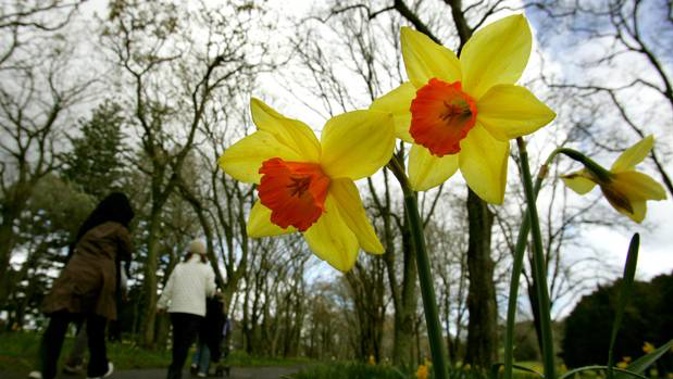
Hayfever sufferers be warned: spring is expected to warm and dry, meaning more outbreaks of sneezing and wheezing more much of the population.
As the beginning of spring draws closer, an expert says we should expect to see more allergenic pollen - the pollens which caused allergic reactions - released into the air.
Professor Rewi Newnham from Victoria University said the same weather pattern as last year looks likely for spring.
"The forecast that I'm hearing of late suggests that we're in for another warm spell in the next few months as well.
"That can trigger more hay fever reactions - that is what I believe happened last year," he said.
Newnham said weather conditions over spring and summer triggered a reproductive cycle in plants, causing them to produce and release pollen.
"As a generalisation they're waiting for the warmer, dryer conditions where they can produce more pollen and get it out there into the atmosphere."
All plants had unique cycles and reactions to weather conditions, he said, however this was the case with most of the "big players" like grasses and other species like Birch trees.
While pollen counts could be measured anecdotally, Newnham said the last time an official measurement of New Zealand airborne pollen was taken was about 25 years ago.
Teresa Demetriou, Head of Education and Research at Asthma and Respiratory Foundation, said forecasts for spring and summer suggested it was "likely to be another bad year for hayfever sufferers and those with respiratory health issues".
"If we look at what's been experienced in the UK for instance, pollen was at a 12 year high in June 2018, and often that is a predictor of what is set to happen here in New Zealand."
Demetriou urged sufferers of respiratory health issues to visit their GP or health professional early to ensure their medication was up to date.
"I''s really important to start using your preventer ahead of the predicted pollen season as it can take some weeks for the medication to get into your system to be fully effective," she said.
A pollen blog on MetService said New Zealand's pollen season was around 34 weeks long, though its timing could vary.
"It begins in July or August with the Pinus season and continues into August/September with deciduous trees like oaks, elm, birches and other deciduous trees," the website read.
"In summary, Spring pollens include pine, wattle, alder, poplar, oak, ash, birch and early grasses."
"Summer pollen includes grasses, weeds such as plantains, nettles and sorrels as well as trees such as olive trees and privet."
While other countries like Australia and Japan had pollen monitoring stations, New Zealand had little in the way of monitoring pollen levels and what was affecting this.
According to Newnham, this meant we had little way of definitively tracking how things like climate and the introduction of new species affected pollen levels.
"It seems obvious to me that we should be doing more research in this area."
Take your Radio, Podcasts and Music with you









